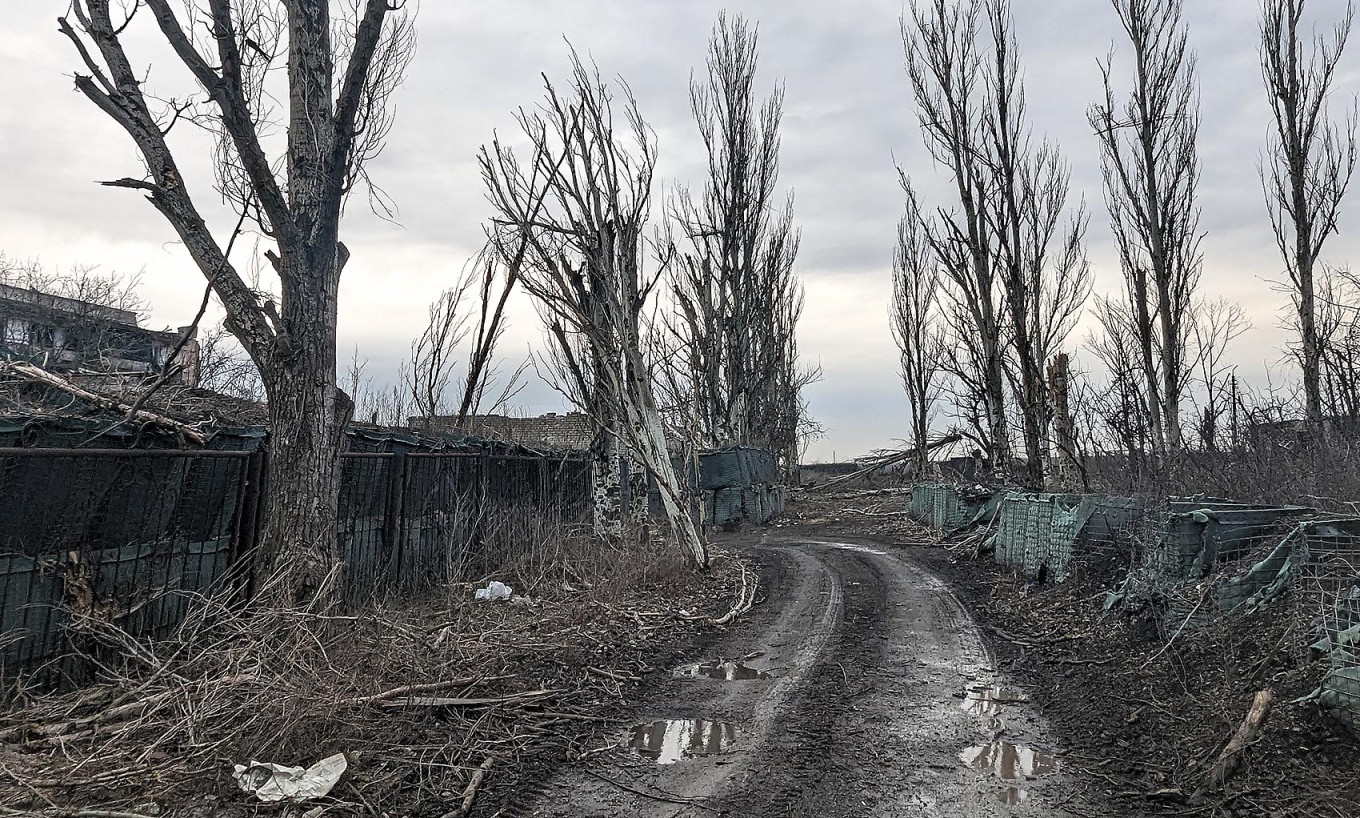The fall of Vuhledar, a key defensive outpost in the Donetsk region, marks a significant achievement for Russia in the ongoing conflict with Ukraine. The decision to withdraw Ukrainian forces was made to protect soldiers and equipment. Despite efforts to replenish manpower, Ukraine faced challenges in the form of dwindling resources and inexperienced recruits.
Russia’s tactics evolved over time, focusing on attrition and utilizing smaller group attacks to wear down Ukrainian defenses. The high cost of the campaign had political repercussions in Russia, leading to the dismissal of a top commander. Concerns about potential Republican victory in the U.S. election and its impact on aid to Ukraine have also arisen. Moving forward, the battle for Vuhledar raises questions about the sustainability of Russia’s approach and the resilience of Ukraine’s defenses.
What went wrong for Ukraine?
Despite efforts to bolster their forces, Ukraine struggled with manpower and equipment shortages, allowing Russia to gain momentum on the battlefield. The mobilization drive faced backlash and new recruits lacked training and motivation. Delays in Western military support further weakened Ukraine’s position.
A Russian victory. But at what cost to Moscow?
Russia’s long assault on Vuhledar resulted in significant casualties, showcasing their “meat grinder” tactics. The evolving approach focused on attrition and strategic planning. The high cost of the campaign led to political fallout in Russia, raising concerns about the sustainability of Russia’s strategy.

The battle for Vuhledar highlights the challenges faced by both Ukraine and Russia, pointing to the critical juncture in the ongoing conflict.
